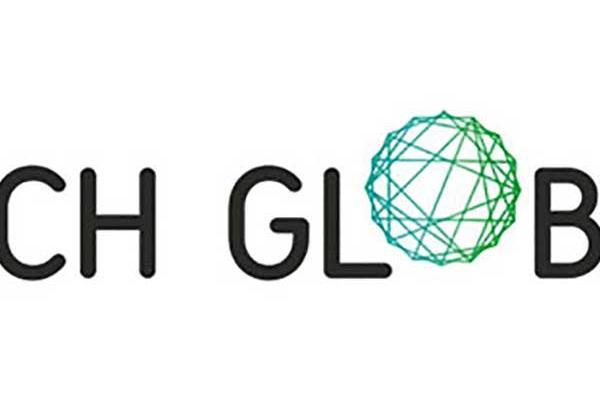Here’s what we know.
- The United States is becoming more ethnically diverse with each passing year. Across the U.S., even in regions that were previously majority white, demographics are rapidly changing.
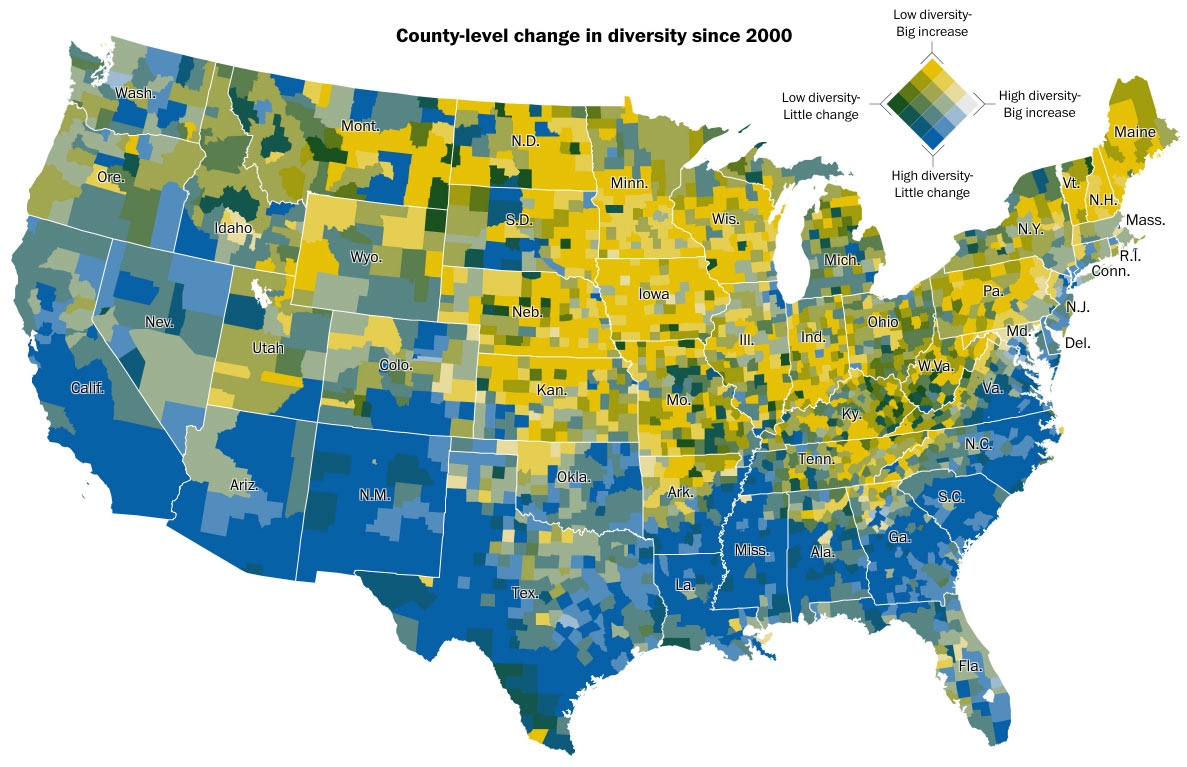
Change in diversity since 2000 (Source: Washington Post) - Companies that achieve more gender parity perform better. Gender diversity benefits organizations along dimensions of financial health, productivity, efficiency, employee performance and innovation.
- Ethnic diversity also has a positive impact on a company’s bottom line. Businesses are 35 percent more likely to see an increase in ROI when there is more ethnic diversity in the organization.
- Employing people with disabilities results in lower turnover, increased productivity and access to a broader pool of skilled workers (source: National Conference of State Legislatures).
Although the statistics point to a growing and more diverse U.S. population, we continue to see patterns of unequal representation in the workforce. The gender pay gap persists in the U.S. Companies such as Google that publish hiring data show they are far from parity in terms of gender representation, with little recent change in terms of ethnic diversity.
With an eye on increasing diversity in the workforce, we’re here to help build the knowledge and skills to get you that next raise, go after a promotion or switch to a more rewarding career. Education is the key to better jobs, and continuing education can provide that extra boost. From a course on how to negotiate more effectively at your job, to a program dedicated to Women and Leadership, to a variety of accommodations and dedicated staff focused on disabled student services, our mission is to help each and every student get ahead, increase their job satisfaction and bring more diversity to the workforce. Read about members of our educational community who inspire us and embody the ideals of diversity and inclusion.
Bonus Content: Videos to bring ispiration, awareness and thought-provoking ideas on the power of inclusion.
Gender Diversity
Companies in the top quartile for gender diversity are 15-percent more likely to have higher-than-average financial returns (source: McKinsey and Company).
Nevertheless, on average, women are promoted at a lower rate than men. The biggest gender gap is at the first step up to manager: Entry-level women are 18-percent less likely to be promoted than their male peers. In fact, if entry-level women were promoted at the same rate, the number of women at the senior vice president and C-suite levels would more than double (source: McKinsey and Company).
How does education help the female workforce?
- Women have found success through our Certificate Program in Personal Financial Planning. Hear from four women about where they came from and what led them to this field.
- "The [Certificate Program in Clinical Research Conduct and Management] laid down the base on which I am working today," says graduate Swapna Deshpande. "I don't think without having done this certificate I would be working at a leading biotech company.” Read more about Swapna’s journey.
-
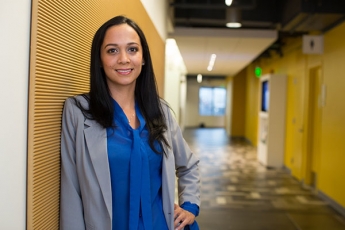
Paralegal Studies graduate Natalia Aranda Castro is a legal assistant/paralegal at a San Francisco–based firm.Various reasons for the lack of women in science, technology, engineering and math (STEM) careers have been identified over the years. One study points to women leaving the STEM pipeline who may be discouraged from taking Calculus I and Calculus II courses. Read more.
- Natalia Aranda Castro, a Paralegal Studies graduate, says the program is “also a great way for paralegals who have several years of experience to get leverage in their careers.” Hear more from Natalia.
Want to learn more about how gender differences impact us? Read about the gender spectrum and how being a transgender woman has influenced course instructor Dr. Erica Anderson.
Disability at Work
In 2016, approximately 18 percent of persons with a disability were employed, compared to 65 percent of those without a disability (source: U.S. Bureau of Labor Statistics, 2017 report).
Disabilities may range from physical disabilities to things like autism or other chronic or mental illnesses that are not always visible. Although more people with disabilities are getting jobs, this demographic—like other underrepresented groups—has long been underemployed.
Our graduates are making an effort to disrupt this trend, creating opportunities for themselves and promoting richer, more fulfilling lives for others living with disabilities:
Chilean student Camilo Navarro obtained Entrepreneurship and Project Management certificates through our International Diploma Programs for international students. He co-founded a tourism business geared toward persons with disabilities to increase access to outdoor activities.
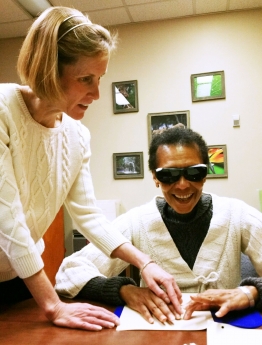
Mary Drain works with newly blind adults at the Orientation Center for the Blind (OCB), a residential training center for legally blind Californians. Legally blind herself, she is both a teacher at and a graduate of the school. She is also a graduate of the Designated Subjects Adult Education Teaching Credential, and says that after completing the credential she is now a “more complete teacher” and that having the credential “represents greater job security.” Find out more about the impact of the program on Mary’s career.
Ethnic Diversity and Beyond
Companies leading in racial and ethnic diversity are 35-percent more likely to have higher financial returns compared to others in their industry (source: McKinsey and Company).
Says Project Management instructor Anoop Grover, “Diversity & Inclusion (D&I) in the workplace is super-important because you get the best of cultural and team interactions. Project management practitioners have had to really adapt to leading and manifesting global organizations and teams. They need an understanding of how to work in diverse cultures. Learning how to do your work in a global workforce is key.”
Grover and our other instructors and graduates continue to promote and embody diversity in their fields:
Dr. Christina Villarreal is an instructor for the Post-Baccalaureate Program for Counseling and Psychology Professions. Within her extensive resume she specializes in cultural diversity and sexual health issues, “helping people with immigrant parents to navigate cultural/familial expectations, interracial relationship support and those who are seeking to improve their sexual functioning.” Read more about Dr. Villarreal and her work.
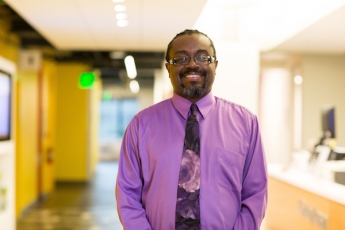
John Edwards, LCSW, is a psychotherapist and graduate of the Professional Program in Eating and Weight Disorders. Enrolling in the program, he wanted to work more closely with the LGBT community and bring his perspective as a gay man to help tackle these issues. "I wanted to get more specific training. As a direct result of the program, I feel more competent." Read John’s story.
Mariana Cruz, originally from Mexico, studied foreign diplomacy, then decided to enroll in several Mandarin courses. “Whatever path I choose will allow me to utilize the language and cross-cultural communication, specifically across the United States, Mexico (my home country) and China. I want to build those bridges.” Read more about Mariana and her career path.
The Certificate Program in Human Resource Management didn’t just provide graduate Sadia Saif with skills, but also a valuable perspective on the U.S. workplace: “Gaining another country’s perspective in the same field has been a very enlightening experience. Taking these courses has allowed me to see the diversity of cultures and how differently or similarly things work in an American workplace.” Find out how.
What's Next?
Diversity and inclusion in the workplace is something we must all strive to attain—though it’s no easy feat. So what can you do? Start with building awareness—talk to your supervisor and colleagues about implementing diversity and inclusion practices. Here are 50 ideas, some that you can do right away. As an individual, disrupting the status quo when it comes to diversity often means positioning yourself to be a changemaker at your job. As we’ve seen with our own graduates, going back to school can make all the difference in landing that job or promotion, and new skills can mean more influence to impact diversity and inclusion at work.

